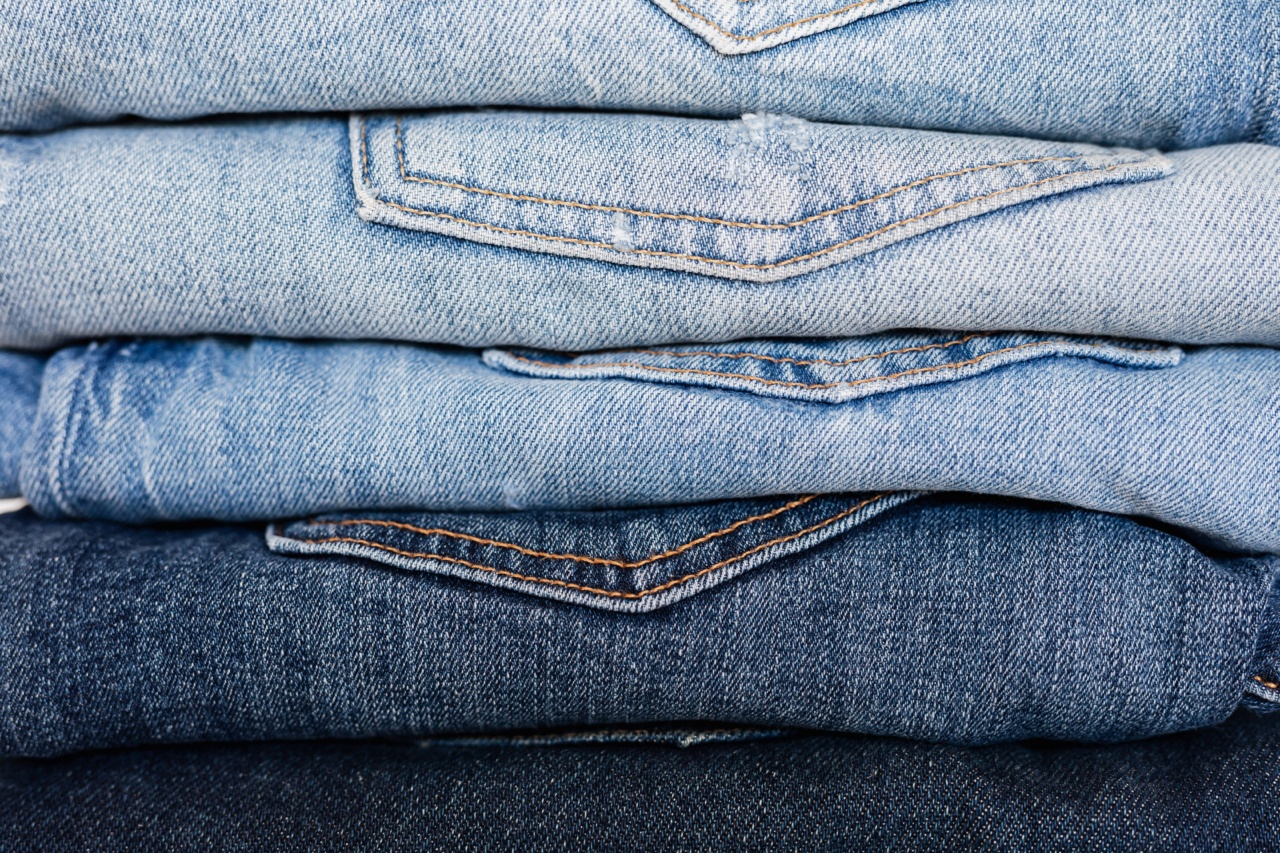It is well known that various factors can affect sperm quality, including age, lifestyle, and genetics. However, recent studies have also suggested a correlation between the seasons and sperm quality.
In this article, we will explore the impact of different seasons on sperm quality and discuss the possible underlying mechanisms.
Spring: A Season of Renewal and Reproduction
Spring, often associated with new beginnings and rejuvenation, may have a positive effect on sperm quality.
A study conducted at a fertility clinic found that men who produced semen samples in the spring had higher sperm count and motility compared to other seasons. This improvement in sperm parameters might be attributed to the favorable weather conditions and increased sunlight exposure during this season.
Summer: The Impact of Heat and Sun Exposure
While summer is a favorite season for many, it might not be the best time for optimal sperm quality. High temperatures, especially in regions with hot climates, can adversely affect sperm production and development.
Prolonged exposure to intense heat, whether through hot weather or activities such as hot tubs or saunas, can lead to reduced sperm count and motility. Additionally, excessive sun exposure may increase oxidative stress and damage sperm DNA, further compromising sperm quality.
Fall: A Season of Change and Potential Stressors
With the arrival of fall, certain environmental changes might impact sperm quality. Falling temperatures and decreasing daylight hours may affect hormonal levels, potentially influencing sperm production.
Moreover, the added stress of transitioning from summer to a new season could also play a role in sperm quality. Stress has been known to have a negative impact on male fertility by affecting hormone levels and sperm production.
Winter: Cold Weather and Its Effects
Winter, characterized by cold temperatures and shorter days, may have mixed effects on sperm quality. Some studies have shown that sperm concentration and motility tend to decrease during the winter months.
This decline might be due to cold weather affecting testicular function and hormonal regulation. On the other hand, other research suggests that winter might be a favorable season for sperm quality, with increased semen volume and progressive motility.
Further studies are needed to fully understand the relationship between winter and sperm quality.
Possible Mechanisms Linking Seasons and Sperm Quality
Several mechanisms might explain the seasonal variation in sperm quality. One hypothesis is that vitamin D, which is synthesized in the skin upon exposure to sunlight, plays a role in sperm production and motility.
As sunlight exposure varies throughout the seasons, vitamin D levels in the body may fluctuate, consequently influencing sperm quality. Other potential mechanisms include changes in hormone levels and alterations in the body’s internal clock, known as the circadian rhythm.
Conclusion
While more research is required to fully understand the relationship between seasons and sperm quality, preliminary studies suggest that seasonal variation exists.
Spring appears to be a promising season for optimal sperm quality, potentially due to favorable weather conditions and increased sunlight exposure. Summer, with its high temperatures and intense sun exposure, may have a negative impact on sperm parameters. Fall and winter exhibit mixed results, indicating the need for further investigation.
By recognizing the potential influence of different seasons, individuals and couples can make informed decisions regarding conception planning.































